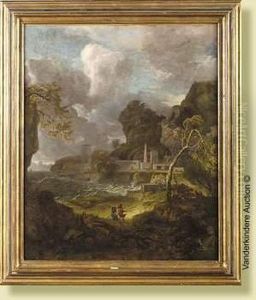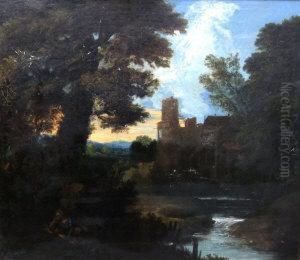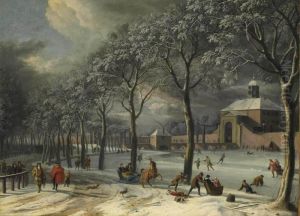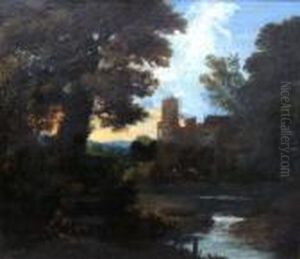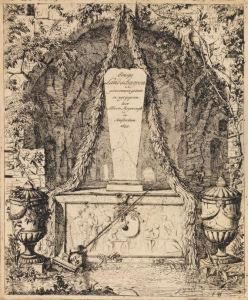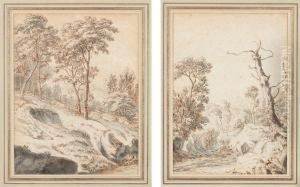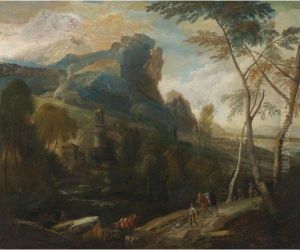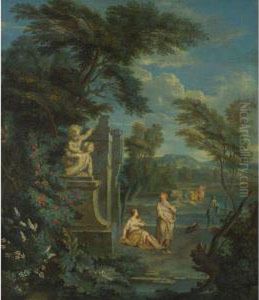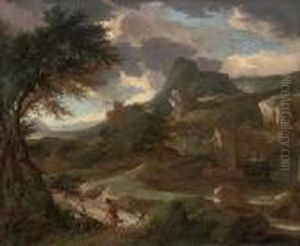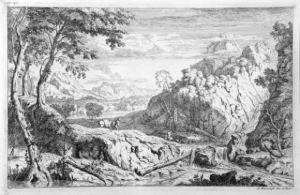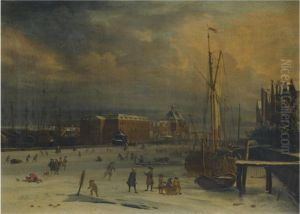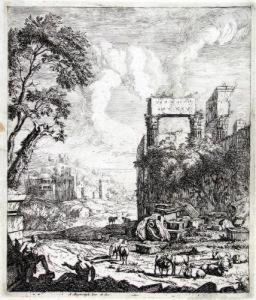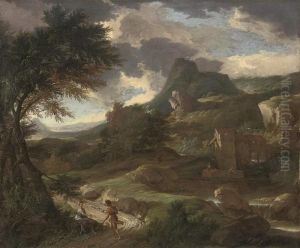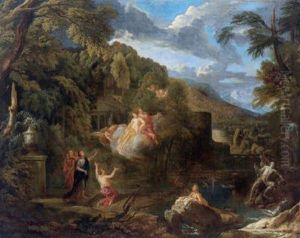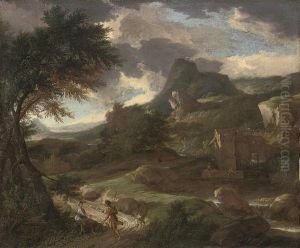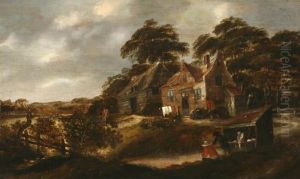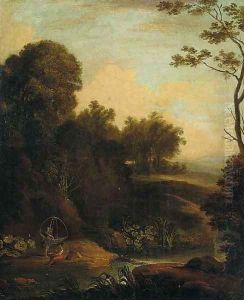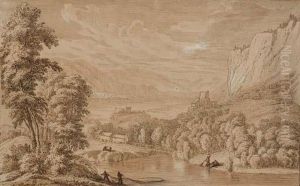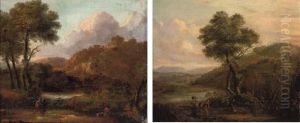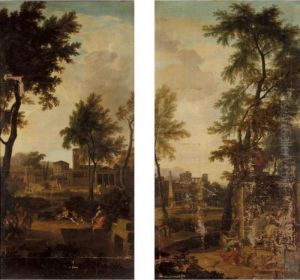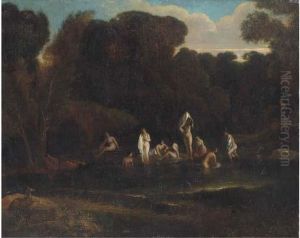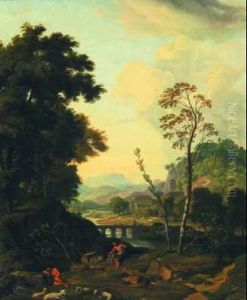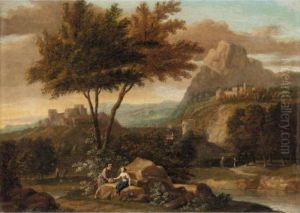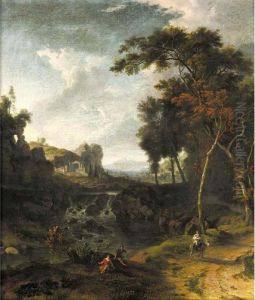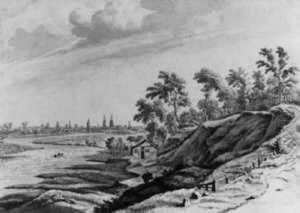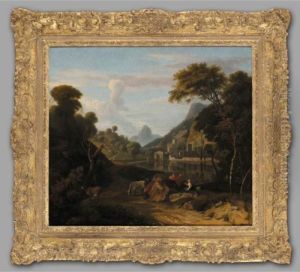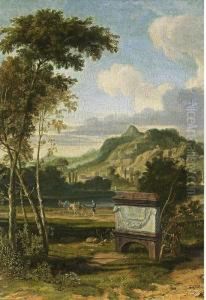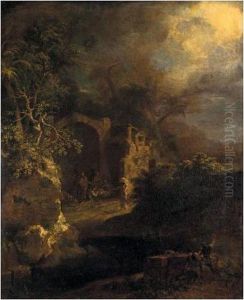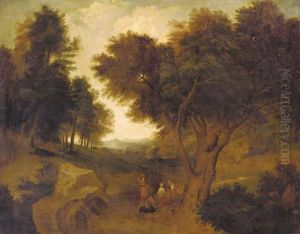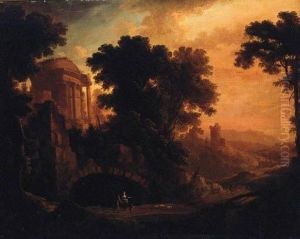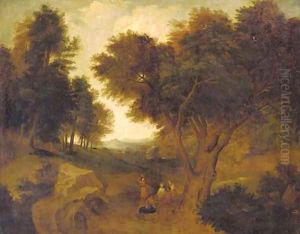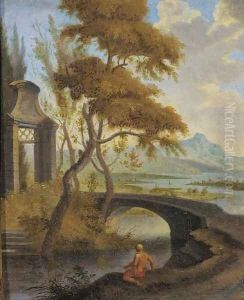Aelbert Meyeringh Paintings
Aelbert Meyeringh was a Dutch Golden Age painter, born in 1645 in the Netherlands. He is known primarily for his landscape paintings that often depict scenes of the Dutch countryside with a remarkable sense of realism and attention to detail. His works are characterized by their tranquil atmosphere and the skillful use of light and shadow, which reflects the influence of the Dutch landscape tradition and the work of artists like Jacob van Ruisdael.
Meyeringh was active during a period when the Dutch Republic was experiencing its Golden Age, a time marked by great wealth, cultural achievement, and a flourishing art market. This era saw the rise of genre painting, still lifes, and landscapes, which were highly sought after by the burgeoning middle class. Unlike historical painters who tackled grandiose themes, Meyeringh, like many of his contemporaries, focused on depicting the beauty of the natural world and everyday life.
While the details of Meyeringh's training are not well-documented, it is believed that he was a pupil of the landscape painter Philips Wouwerman. Meyeringh's works often include horses and figures, which is a motif commonly associated with Wouwerman's influence. Throughout his career, Meyeringh developed a personal style that, while showing the impact of his teacher, also demonstrated his unique ability to convey the serene beauty of the Dutch landscape.
The artist’s legacy is not as prominent as that of some of his contemporaries, and as a result, little is known about his personal life or the extent of his oeuvre. Nevertheless, Aelbert Meyeringh's paintings can be found in various art collections and continue to be appreciated for their technical skill and peaceful depictions of the Dutch Golden Age landscapes.
Meyeringh passed away in 1714, leaving behind a body of work that contributes to our understanding of Dutch landscape painting during one of the most prosperous periods of artistic production in the Netherlands.
